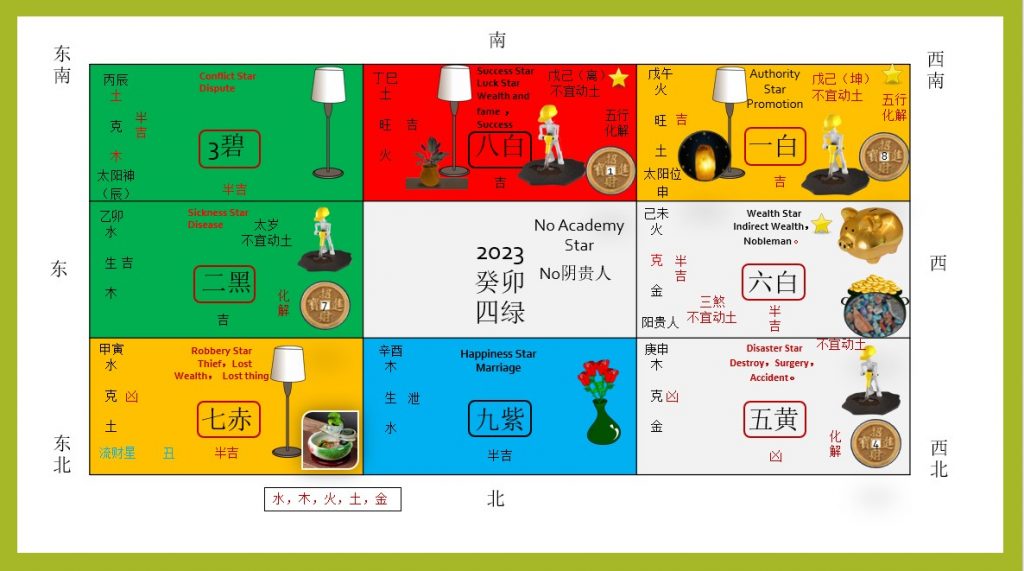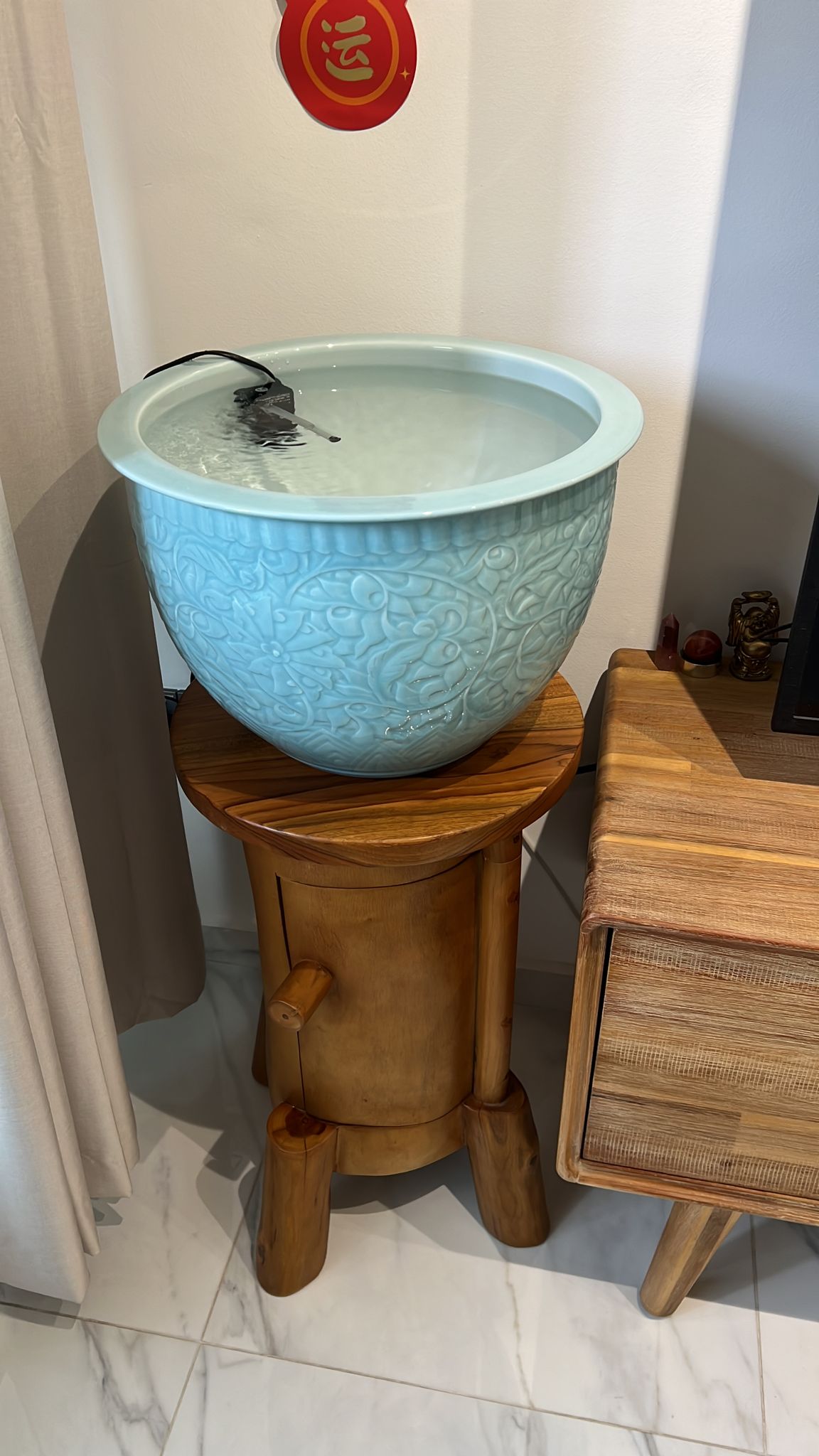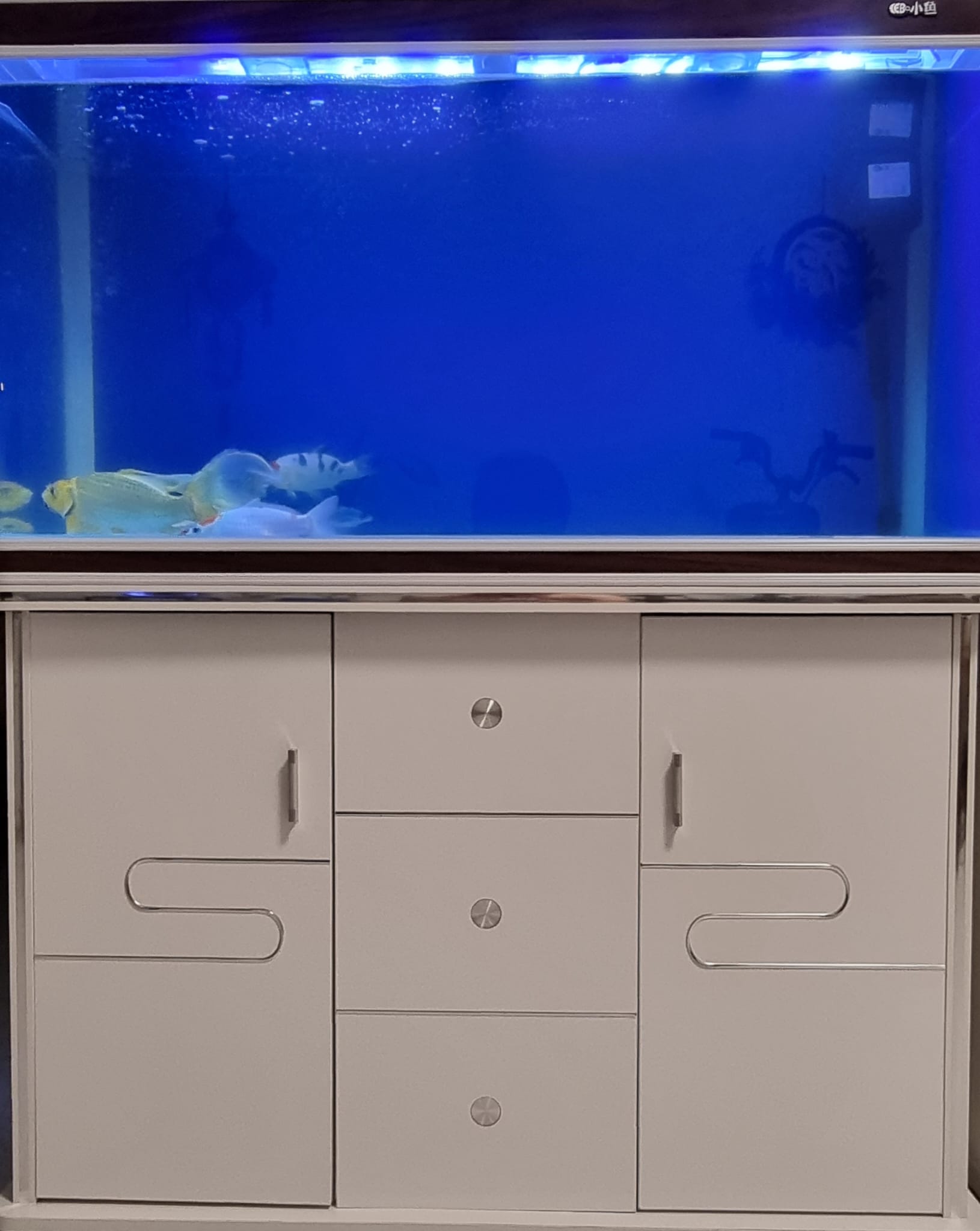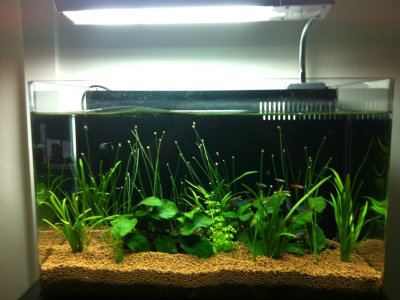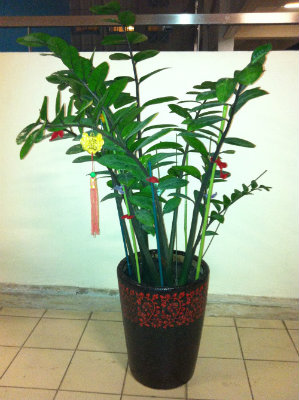2023 Flying Stars
Feng Shui Advance Course
Feng Shui Water Feature
Feng Shui Water Fountain
This is a nice Water Fountain.
Feng Shui Aquarium Tank
Feng Shui Aquarium Tank
Aquarium is a wonderful addition to your home. Do you know watching fish is a form of relaxation? Fish are low maintenance, beautiful to watch, and will provide you with hours of entertainment.
In terms of Feng Shui aspect, placing a fish tank in the house can improve the Qi of the house. Water harness Qi, if you place a fish tank at the Sheng Qi location of the house, it will collect and accommodate the Qi and distribute to various part of the house. Hence it will improve the harmony, health, wealth and luck of the family members in the house.
There are few things you need to take note. The water of the fish tank should have some movement therefore place filter in the fish tank to let the water flow. The fish tank filter should be a low noise type else if the fish tank filter is noisy, then it will create sound Sha. Keep the water of the fish tank clean and use a good filter.
The height of the tank should below chest level so that the Qi can be easily accumulated. The size of the tank can be at least 3ft as Gua sector is around 3ft – 4ft. The fish tank stand best to use wood instead of metal as metal material can affect the magnetic field and Qi.
Lastly, keep fish that is easy to maintain. If you do not want to keep fish, you can put some aquarium plants too.
The Feng Shui Plant
The Feng Shui Plant
Plants can be used to reduce the strength of the Sha Qi. It is good to plant the plant on the floor so that the Qi can be absorb and flow to the ground.
A lot of people trying to figure out what plant in the garden bring good luck.
One typical question when people use plant to block Sha Qi like sharp edge and the plant keep drying up and dying. Maybe the plotted plant don’t get enough sunlight. Where possible, after a few weeks, move the plants to get some sunlight and after a few days move back to indoor again. Plants also manifest the balance of yin and yang in the garden, responding to the mix of sunlight and shade, water, and nutrients from the soil.
Jade Plant, crassula argentea, commonly known as jade plant, friendship tree, lucky plant or money plant, is a succulent plant with small pink or white flowers. It is native to South Africa, and is common as a houseplant worldwide
Plant can be used to activate the Sheng Qi location of house. This plant is known Zamioculcus and also known as the money plant or the “gold coin plant”. Zamioculcus plant is widely or commonly used in home, offices and shops. Zamioculcus plant is used to activate the Sheng Qi location of the house. The advantage of activate the Sheng Qi location is to tap good Qi to house and spread to the house and this will improve the overall Qi and hence improve hamony, relationship, health and luck. If can buy two Zamioculcus plants and one place inside the house Sheng Qi location and another one place outside the house at bright but indirect sunlight location. After one month, can rotate the plant. This way is to keep the plant health.
This plant is better to keep on the dry side. If you water it too much or the plant sits in water you may find yellowing leaves. Zamioculcus Plant is a popular plant during Chinese New Year as is know as “gold coin plant”, as it symbol Prosperity.
Feng Shui and Chi Relationship
Feng Shui and Chi Relationship
You’ve heard the statement that you need to live a balanced life. But you might have wondered how to achieve that balance. The first step would be to learn how Feng Shui can help you.
Hailing from China thousands of years ago, Feng Shui is the art of knowing how to create balance. The balance is found by giving energy the proper space in your life. Energy needs a certain flow – and there is a definite art to Feng Shui for developing the flow of energy. This art is done by moving ordinary items and aligning them so that your surroundings reflect harmony to you.
Using the concept of heaven and earth, Feng Shui takes what’s known as wind water and by using the life force (or qi), creates positive environments for homes or offices. The Chi actually has six parts to it, all based on weather terminology and they are light versus darkness, warm versus coldness and rain versus wind.
Using this popular belief, that Chi creates positive environments, many buildings and homes in China are built with Feng Shui as a focus and are happy, successful places to live in and work at.
The reason that Feng Shui works is found on the principle that we should be aware of how structures impact nature and that we should work to keep a harmonious relationship with nature. Understanding and using Feng Shui can help to sponsor harmony in all areas of your life – your relationships, your work and even your health.
In places that are perfectly balanced and at one with nature, it pulls the good energy toward the living space. Spaces that are at discord with nature promote bad luck. The Feng part of Feng Shui (known as the wind) can rid an environment of the positive energy, which you don’t want to happen. Holding on to the Shui (the water part) creates balance.
Our environments can work for or against us. You might have heard the phrase ‘product of their environment’ whenever someone’s life is in turmoil. But good, positive energy or Chi can be created and turn a bad environment into a harmonious one. By using existing energy constructively, you can create an environment to cause the energy to work for you.
There are three parts to the Chi and they’re based on heaven, earth and human Chi. You might have experienced some understanding of Chi and not realized it when you read your horoscope because astrology falls under the category of heaven Chi.
An example of earth Chi would be a river or a mountain. Those are natural Chi but Chi is created by humans by the homes or offices they build and by the layout of their environments. The goal of using Feng Shui in your life is to discover how the Chi (part of the Feng Shui) can benefit you.
The Five Elements
The Five Elements and Relationship
One of the basic principles of Feng Shui is the principle of five elements, which are Wood, Fire, Earth, Metal and Water. These Feng Shui elements interact between themselves in certain ways, generally defined as the Productive and Destructive cycles.
Each Feng Shui element is represented by a specific color, and color is the easiest way to use the five elements principle to bring more harmony into your home with Feng Shui.
Here is the color correspondence of each of the five Feng Shui elements:
• WOOD: Green, Brown
• FIRE: Red, Strong Yellow, Orange, Purple, Pink
• EARTH: Light Yellow, Sandy/Earthy, Light Brown
• METAL: White, Gray
• WATER: Blue, Black
Generating Cycle
Each element can generate strength and support to any elemental forces that is weak
Metal produces Water: Metal can be liquefied.
Water nourishes Wood: Water is the element for the growth of plant, vegetable or tree.
Wood activates Fire: Wood provide as a fuel for Fire.
Fire enriches Earth: The ashes of Fire is the primary substance of Earth.
Earth yields metal: Metal ore is obtain from Earth
Controlling Cycle
Each element has the ability and capability of weakening and sometime if a element is too strong it even destroying the another element.
Metal clash Wood: Metal can cut and sharp Wood.
Wood penetrates Earth: Wood can extract the essence of Earth.
Earth drains Water: Earth absorbs the water
Water extinguishes Fire: Water control and put up Fire
Fire destroys Metal: The heat of the Fire melts Metal



